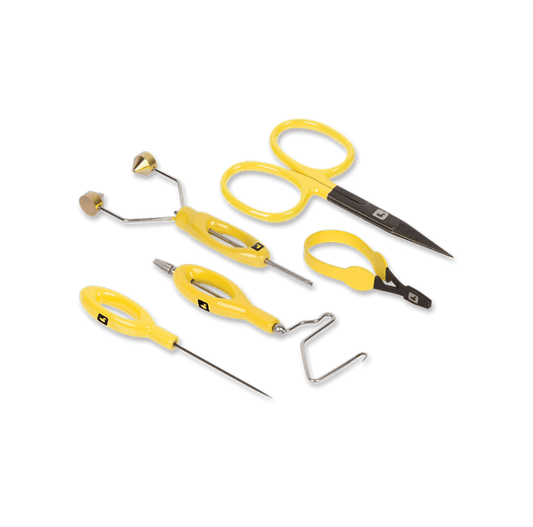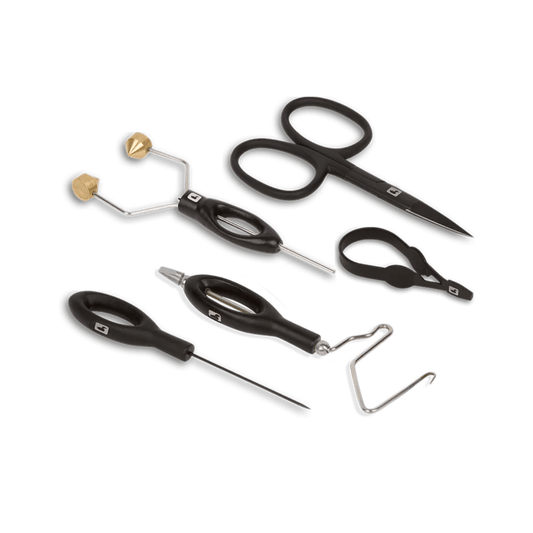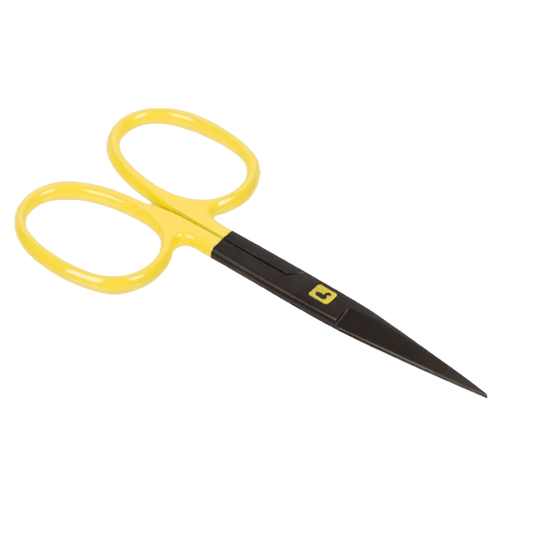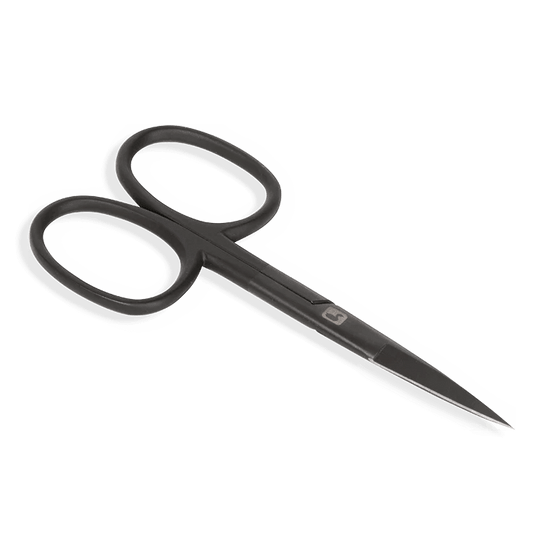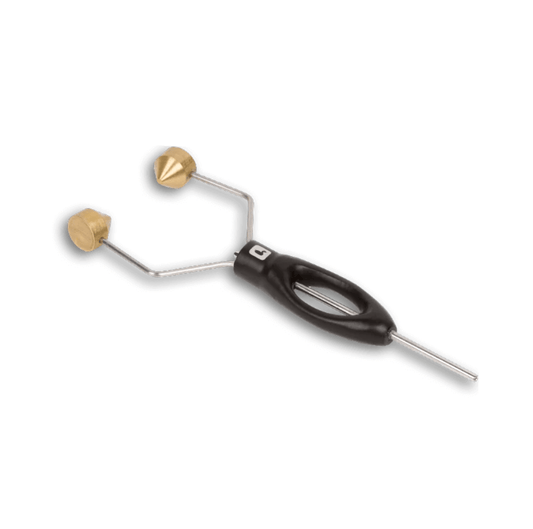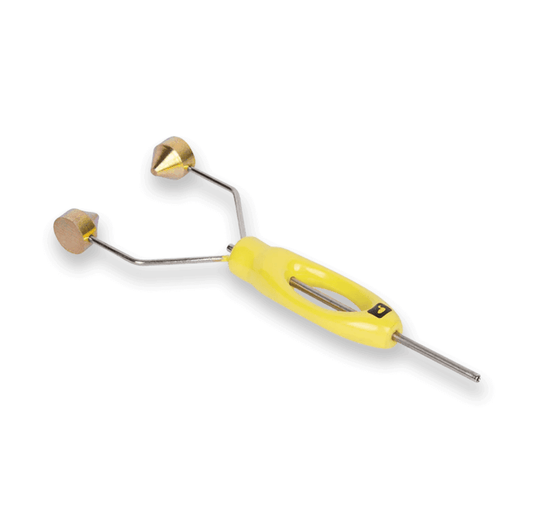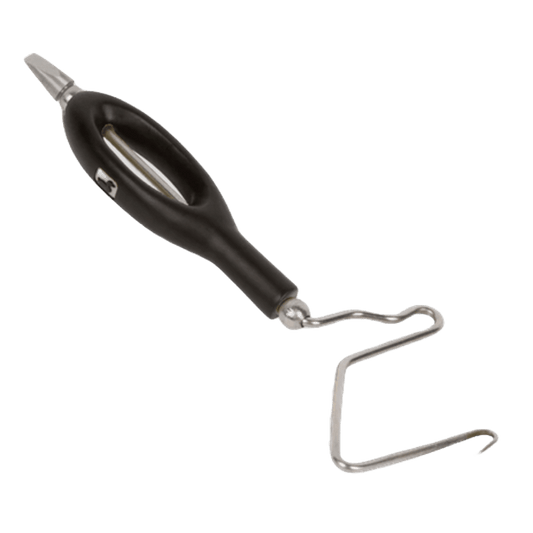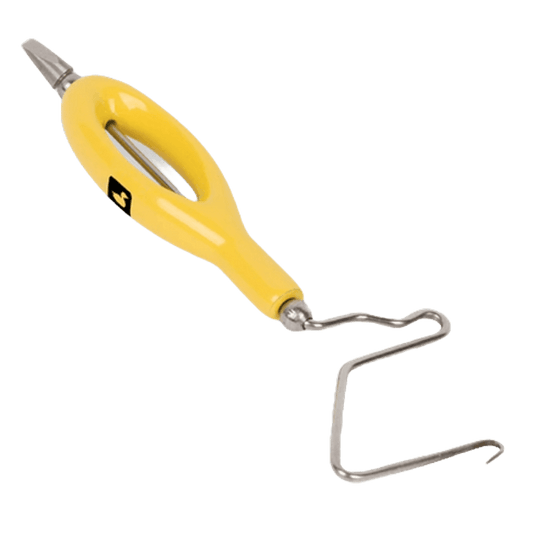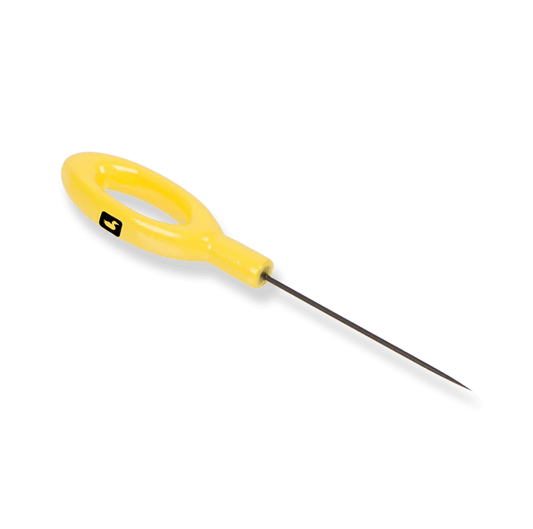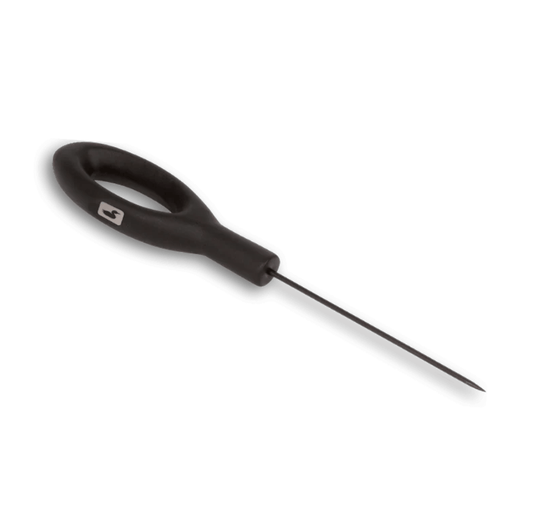Fly tying is lots of fun, and comes with lots of fishing benefits too! For one, you can tailor flies to your needs, whether that's heavier, smaller, brighter, or duller. If you find yourself often fishing the same flies you can definitely save some money as well!
At Drift, we're here to help make your adventures a success, that's why we put together this breakdown of some of the basics you'll want to consider when starting your fly fishing journey!
The Vise holds your hook while tying and there are many styles available. A pedestal base option is the most popular as it can be moved between tying surfaces very easily. A C-Clamp model can be more sturdy however you'll need a table that can fit it.
True rotary vises, like the Renzetti Traveler that we use in our classes, allow you to smoothly rotate your fly while tying, allowing you to to see all sides of the fly and even to wind on materials for you.


